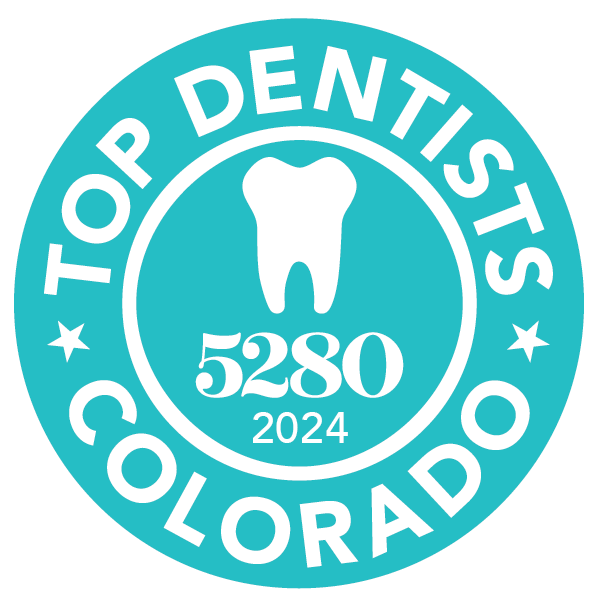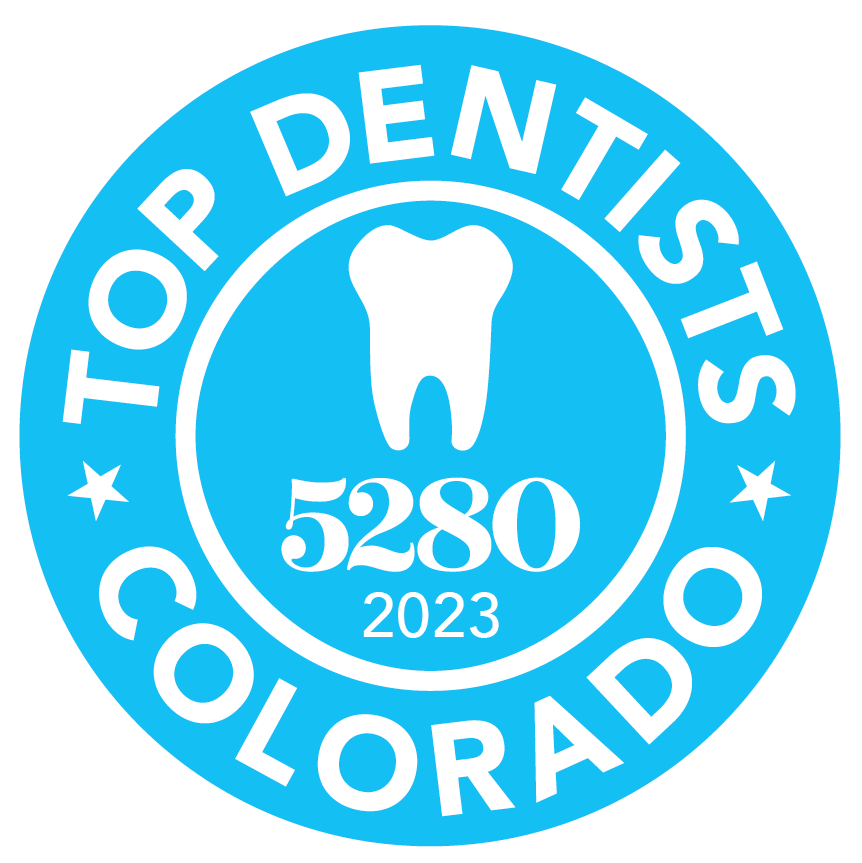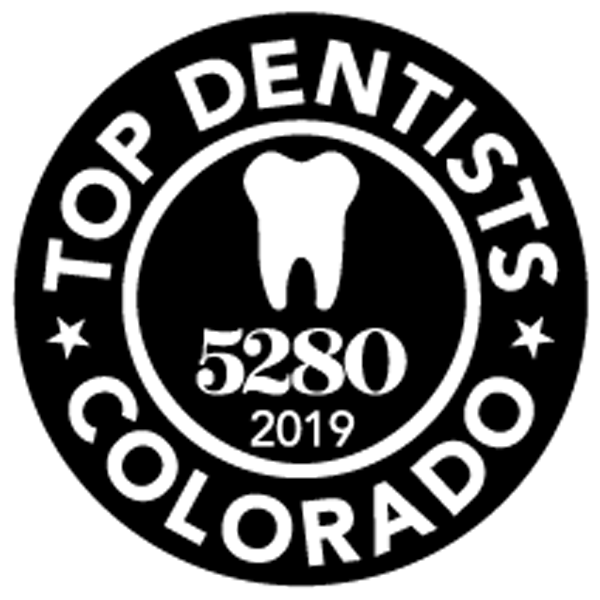A lot more people have gum disease, or periodontal disease, than you might think. According to the CDC, roughly 42.7% of adults aged 30 and up have some form of gum disease. For those who are 65 and older, that number goes all the way up to 70.1%.
A lot of people with periodontal disease don’t realize they have it. Pain is one of the biggest factors that will drive a patient into a gum specialist’s chair. However, there are plenty of telltale signs that will help you correct periodontal disease before you’re in pain!
Believe it or not, gum color can tell you quite a bit about the state of your gums.
Read on to find out what your gum color means and when it’s worth finding a gum specialist.
Other Than Pink Gum Color
Pink is generally a good gum color.
When your gums are light or even dark pink and firm, that’s an indication that you have been taking care of your gums by brushing and flossing every day.
Unfortunately, just about any color besides pink is an indication that your gums are not in a state of good health. When your gums are in poor condition, your health may be, too.
Of course, we know that gum disease can cause issues with our teeth (and vice versa). But did you know that gum disease is also linked to a number of other diseases?
In most cases, the research is still new and the direct relationship between gum disease and other health issues isn’t yet clear. However, studies have found some hard-to-ignore correlation.
For example, many people with gum disease also have heart disease, possibly due to inflammation or bacteria. There are also links between gum disease and certain types of cancer, lung disease, and erectile dysfunction.
Read on to find out what to look out for next time you hit the bathroom for a good tooth brushing.
RED GUMS
Red gums are common among periodontal disease patients. Redness is usually accompanied by swelling, tenderness, and bleeding under pressure. In other words, don’t ignore it when your gums bleed when you floss!
Red gums tend to indicate an infection that can be taken care of with a simple procedure.
You may not be getting all of the plaque off of your gumline with your current oral health routine. The sooner you take action, the less likely it is that your gum problems will develop into something more serious.
WHITE OR PALE GUMS
If your gums are white or a light, filmy color, you probably have an infection that wasn’t caused by plaque alone. This color indicates either a fungal infection or a viral infection.
In this situation, your gum specialist may require you to see a general practitioner, as well. You may need medication to help your body fight the infection that has spread to your mouth.
BLACK GUMS
If your gums have always been very dark in color, you are most likely alright. Some people whose bodies produce melanin in large quantities have dark and even black gums.
If your gums gradually or suddenly changed to black from a lighter color, you will need to examine your own medical history to find out what is causing this problem. Anything from tobacco use to prescription medication may be the source of black gums.
BROWN GUMS
Like lifelong black gums, brown gums tend to reflect the level of melanin your body naturally produces. Chances are, this is natural and doesn’t indicate any health issues.
YELLOW GUMS
If your gums seem to have a yellowish tint to them, it is probable that you have gingivitis. Gingivitis is caused by a buildup of plaque and is a type of periodontal disease that can be very easily remedied.
However, if you have a yellow spot or concentrated area on your gums, that may be an ulcer. Ulcers are caused by a loss of surface tissue and tend to cause a great deal of discomfort.
In most cases, ulcers will clear up on their own but to be on the safe side, you may want to consult an oral hygienist.
GREY GUMS
If you have gums that appear grey or have a grey-colored film on the surface, you may have a weakened immune system. This weakened immune system is directly the result of bacterial growth, but the roots of the bacterial growth can differ.
Grey gums are often associated with smoking. Smoking weakens your immune system and also makes it more difficult to rid your gums and teeth of the bacteria causing periodontal disease.
Even great deals of stress can lead to a weakened immune system. Stress hormones reduce the immune system’s ability to ward off bacteria-related illnesses. In this case, the bacteria that is building up in your mouth may do more damage to the rest of your body, as it will spread more effectively.
Visit Your Local Gum Specialist
If you’re in New York City and worried about your gum color, consider booking an appointment with us. Even if your gums appear healthy, it may be worth a visit just in case something is slipping under the radar!
If your gum color is hard to pin down (how different is pink from red?), check out these other signs of periodontal disease. They include symptoms like receding gums, persistent halitosis, and loose or shifting teeth.
Ready to book an appointment? Fill out our contact form and indicate that you need gum disease treatment and we’ll be in touch right away!








